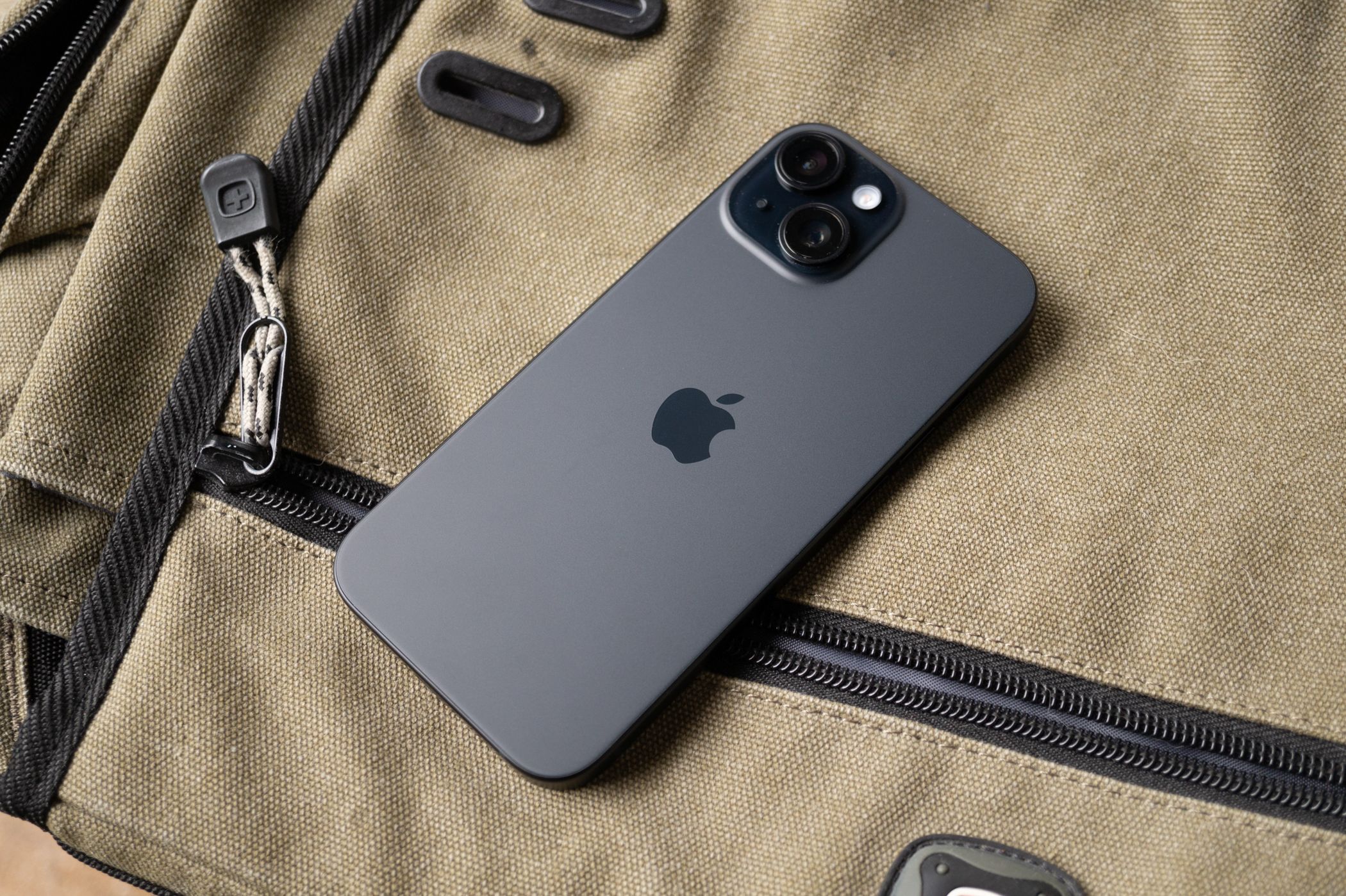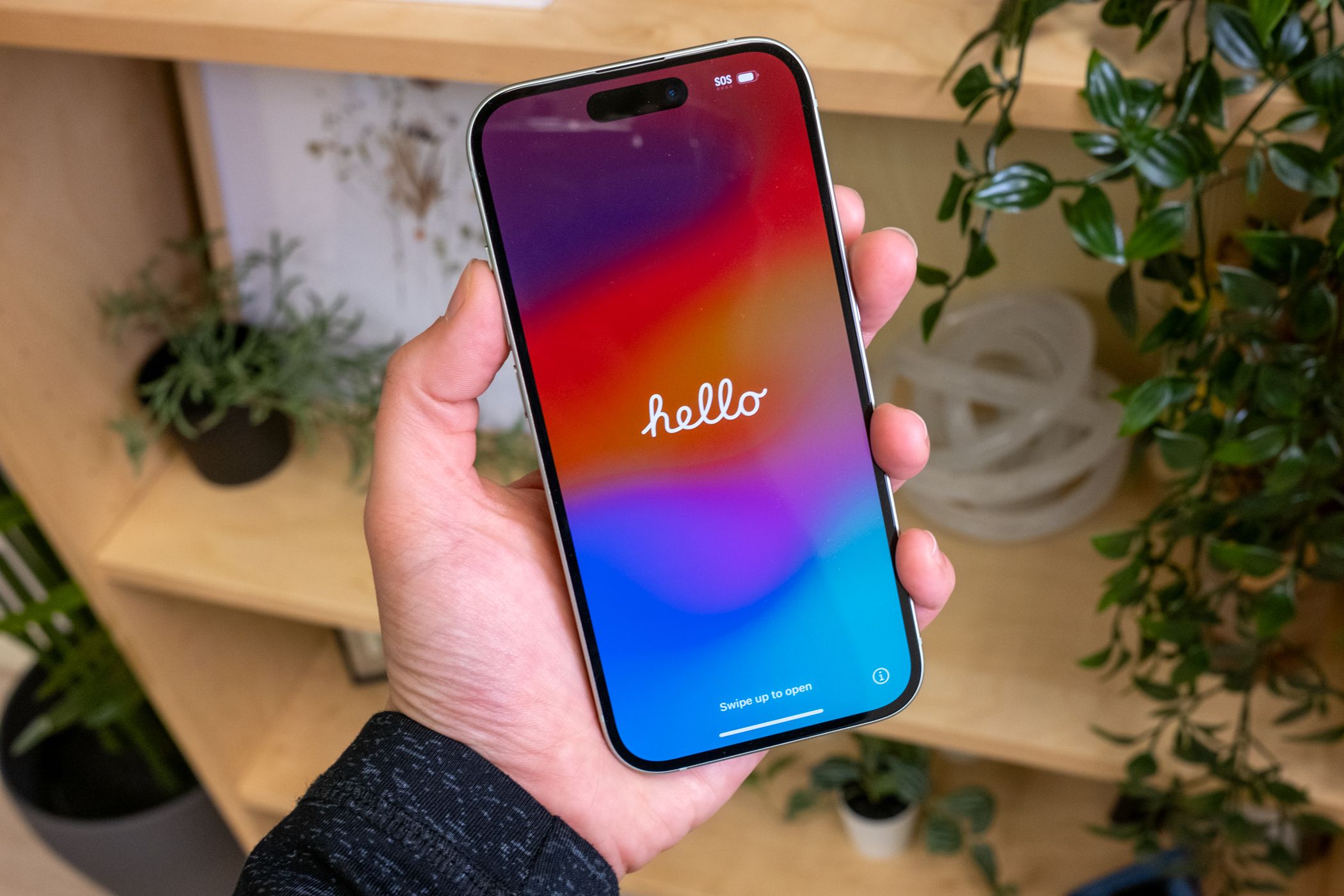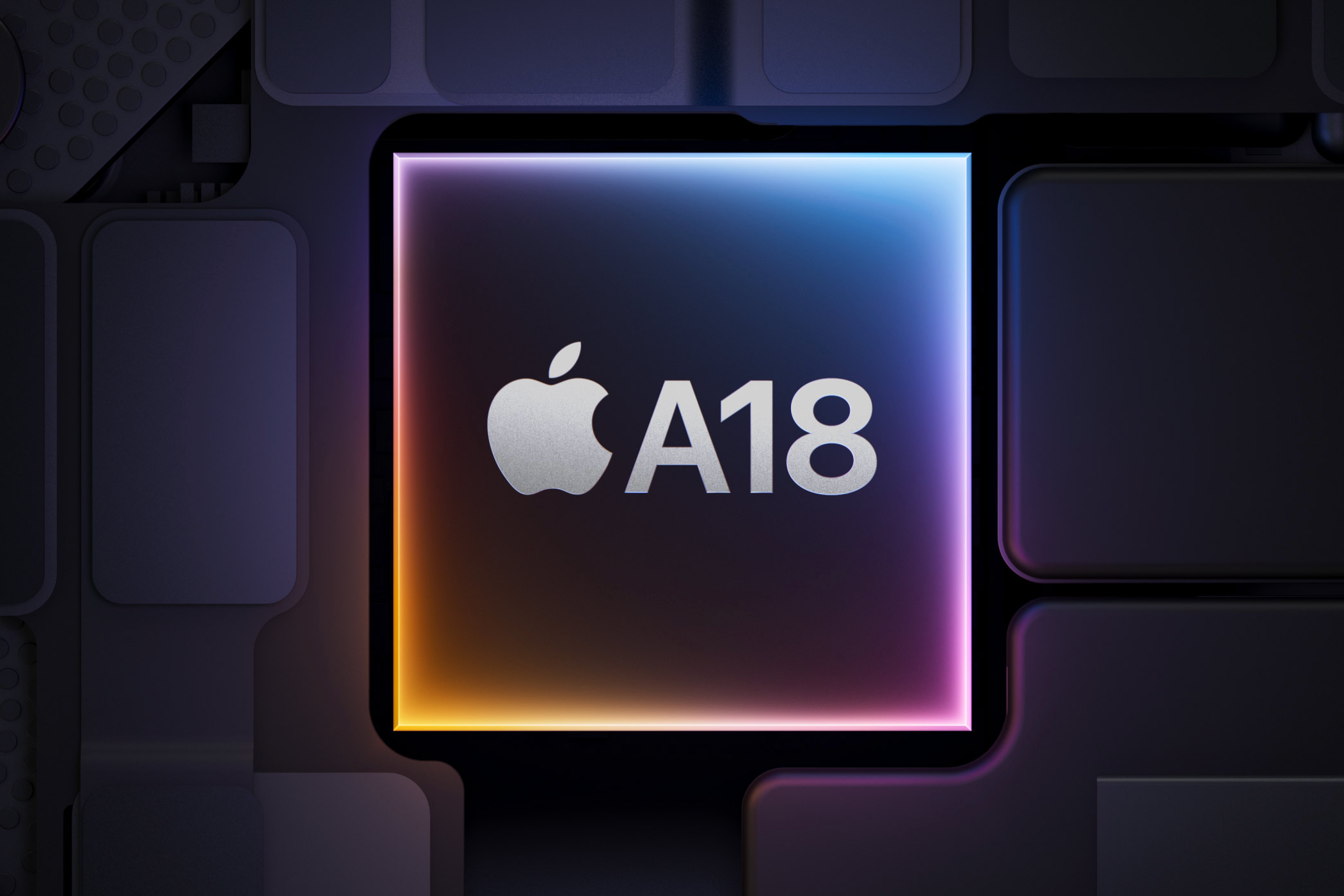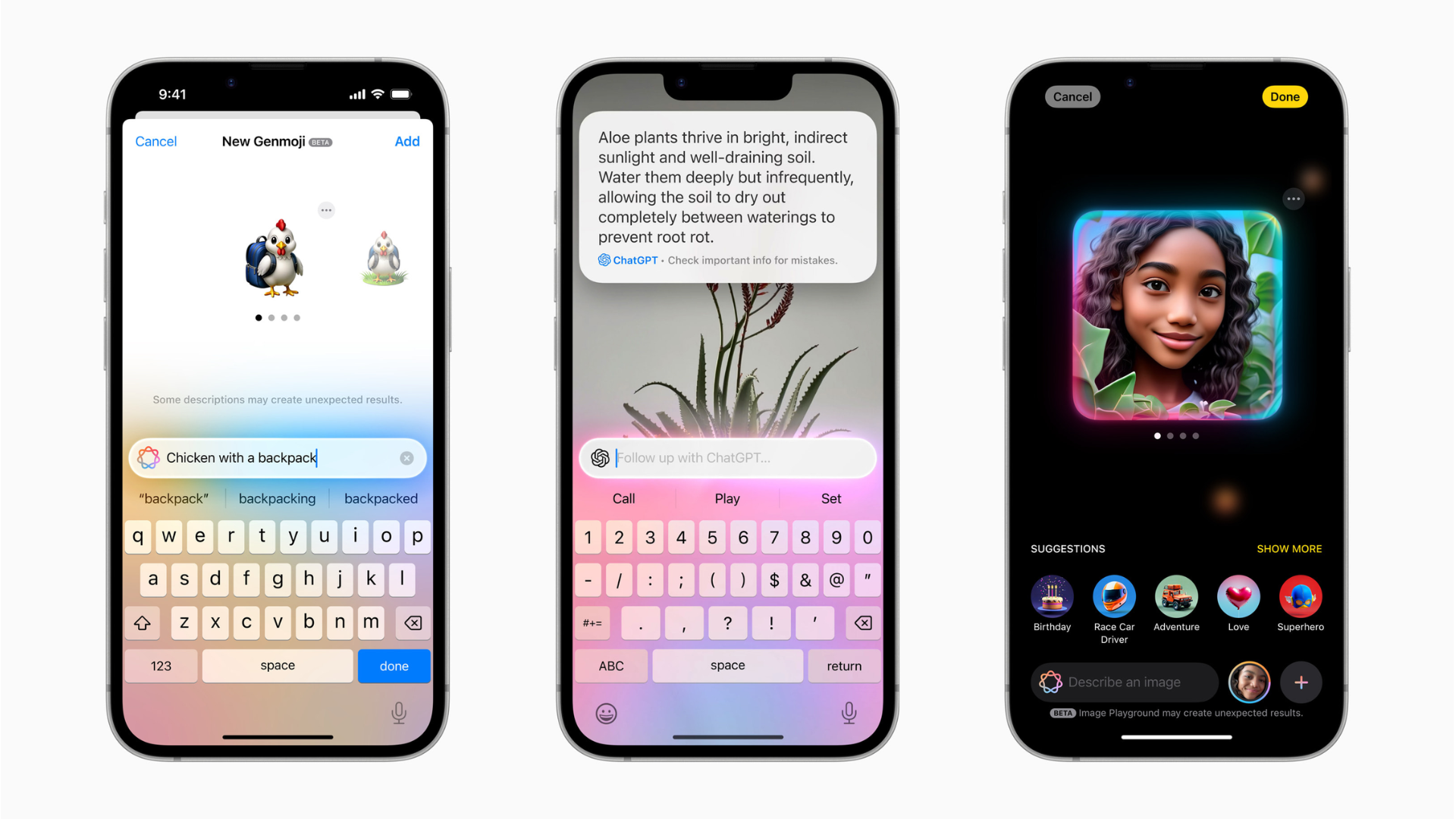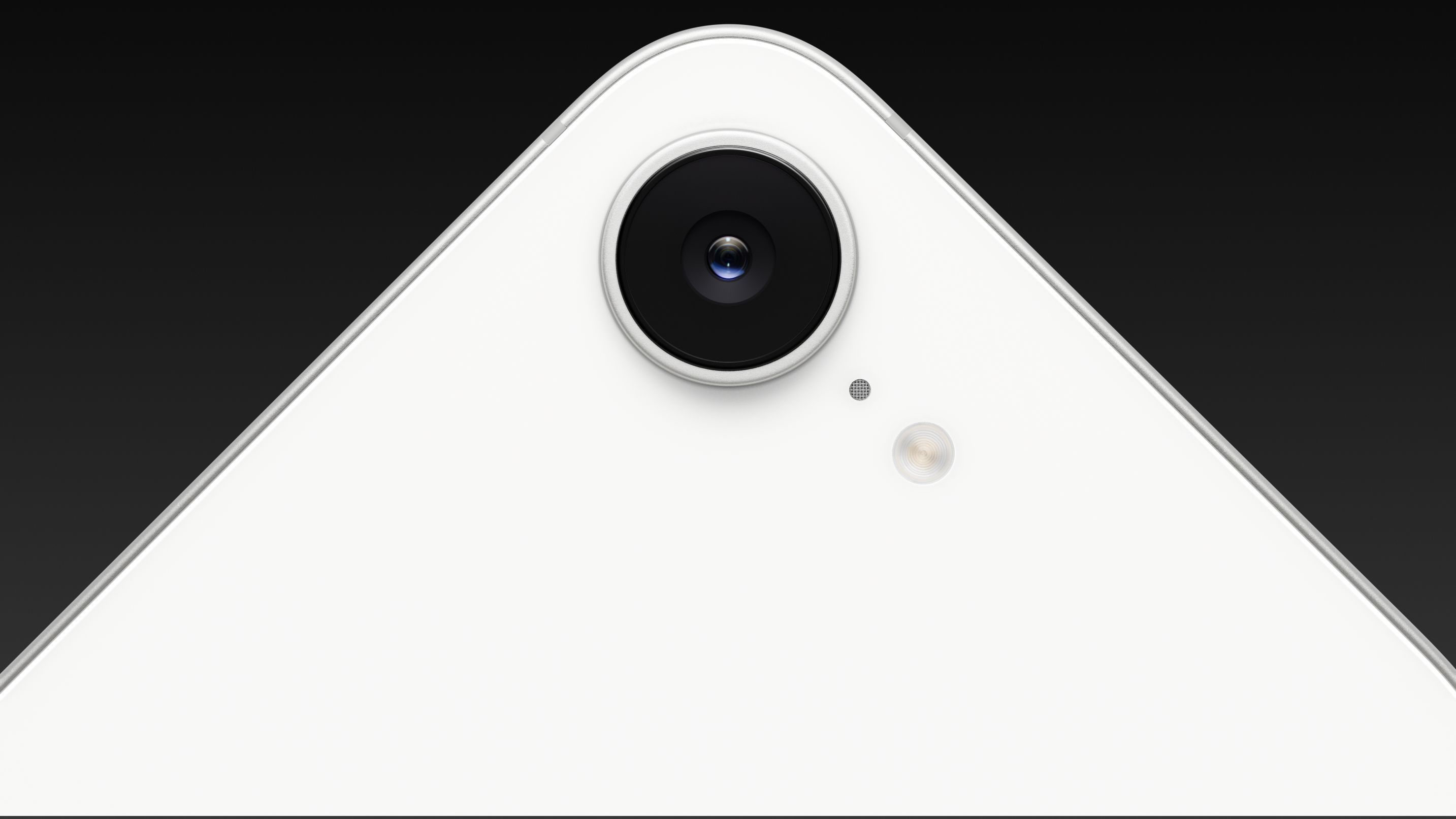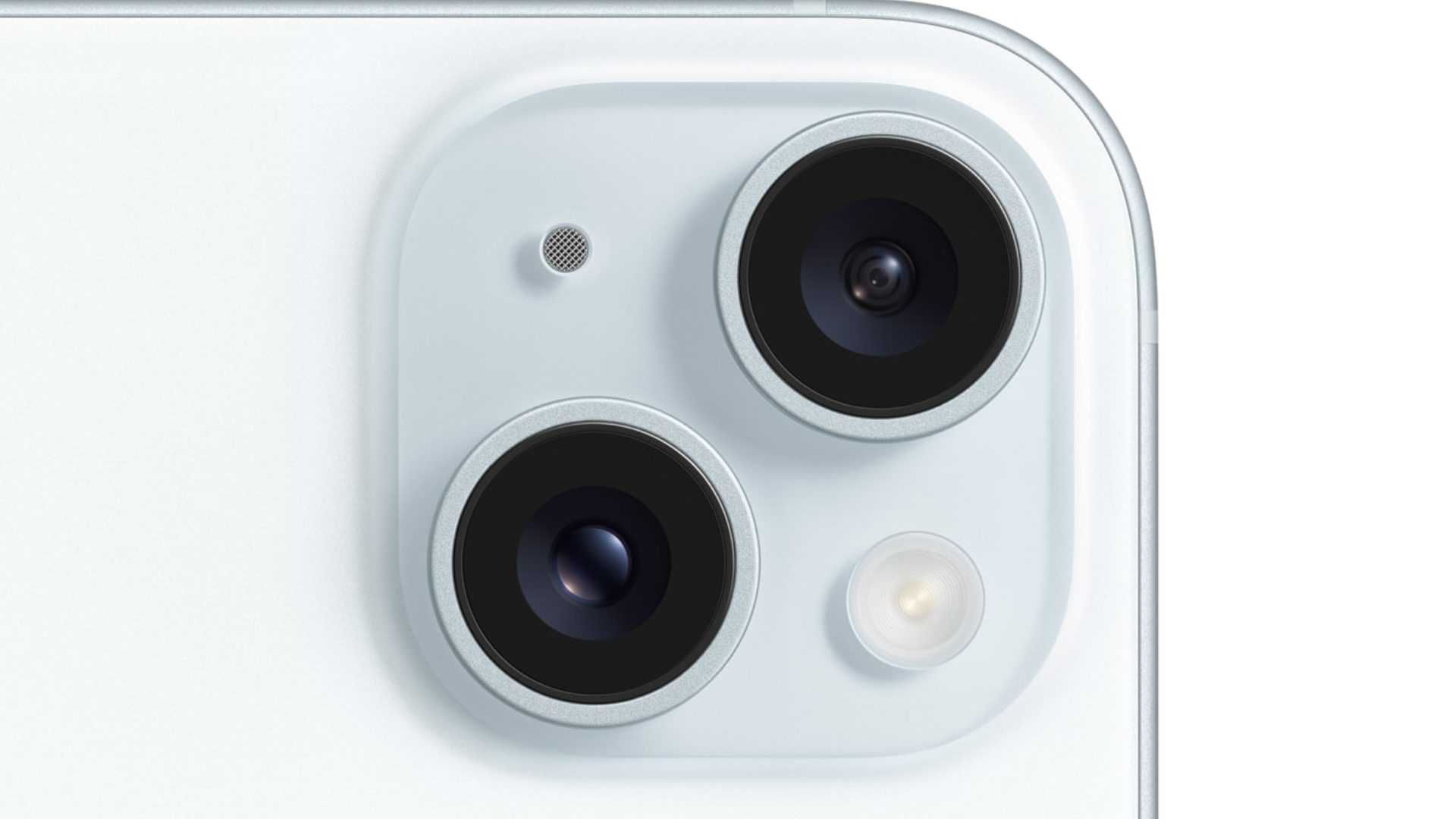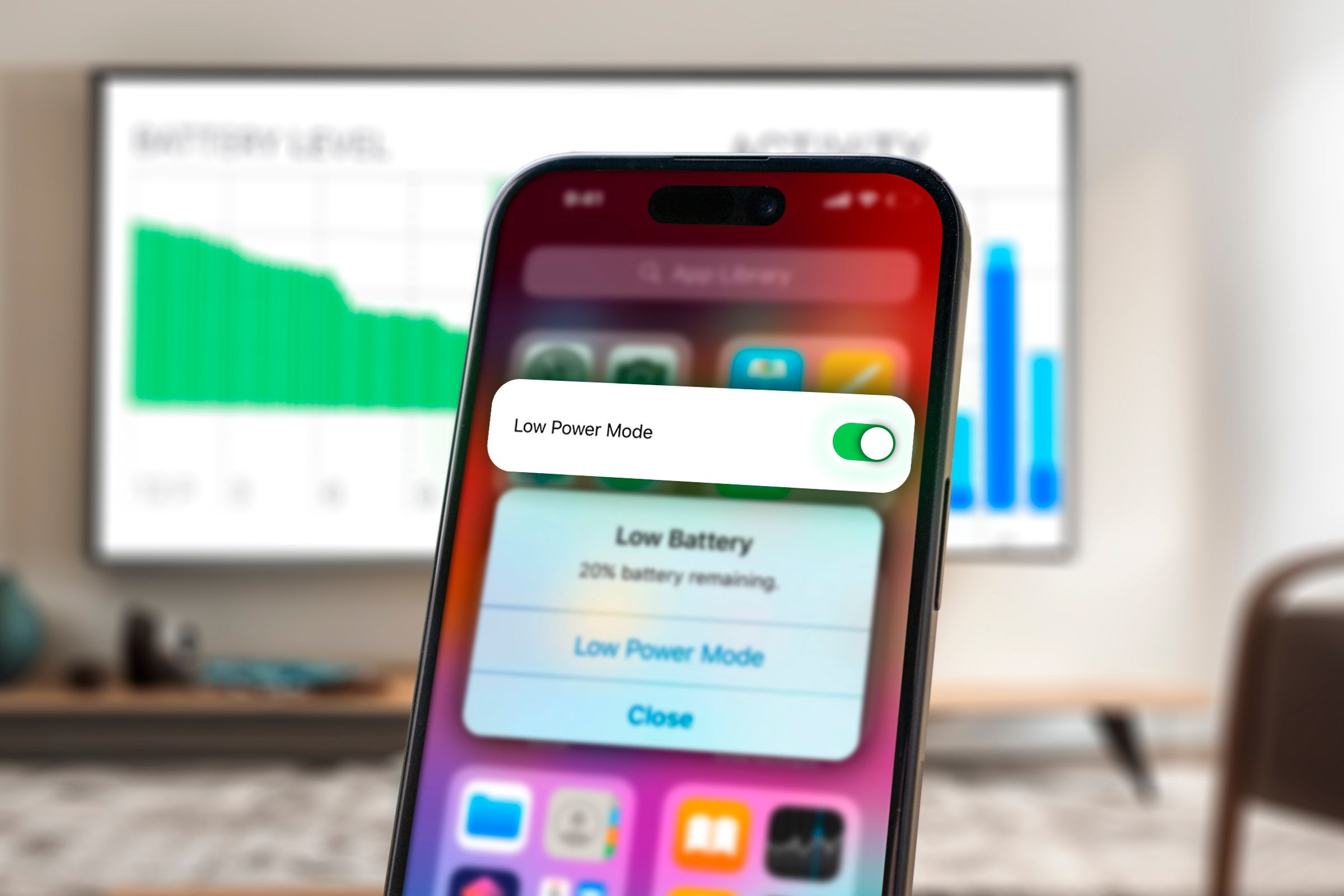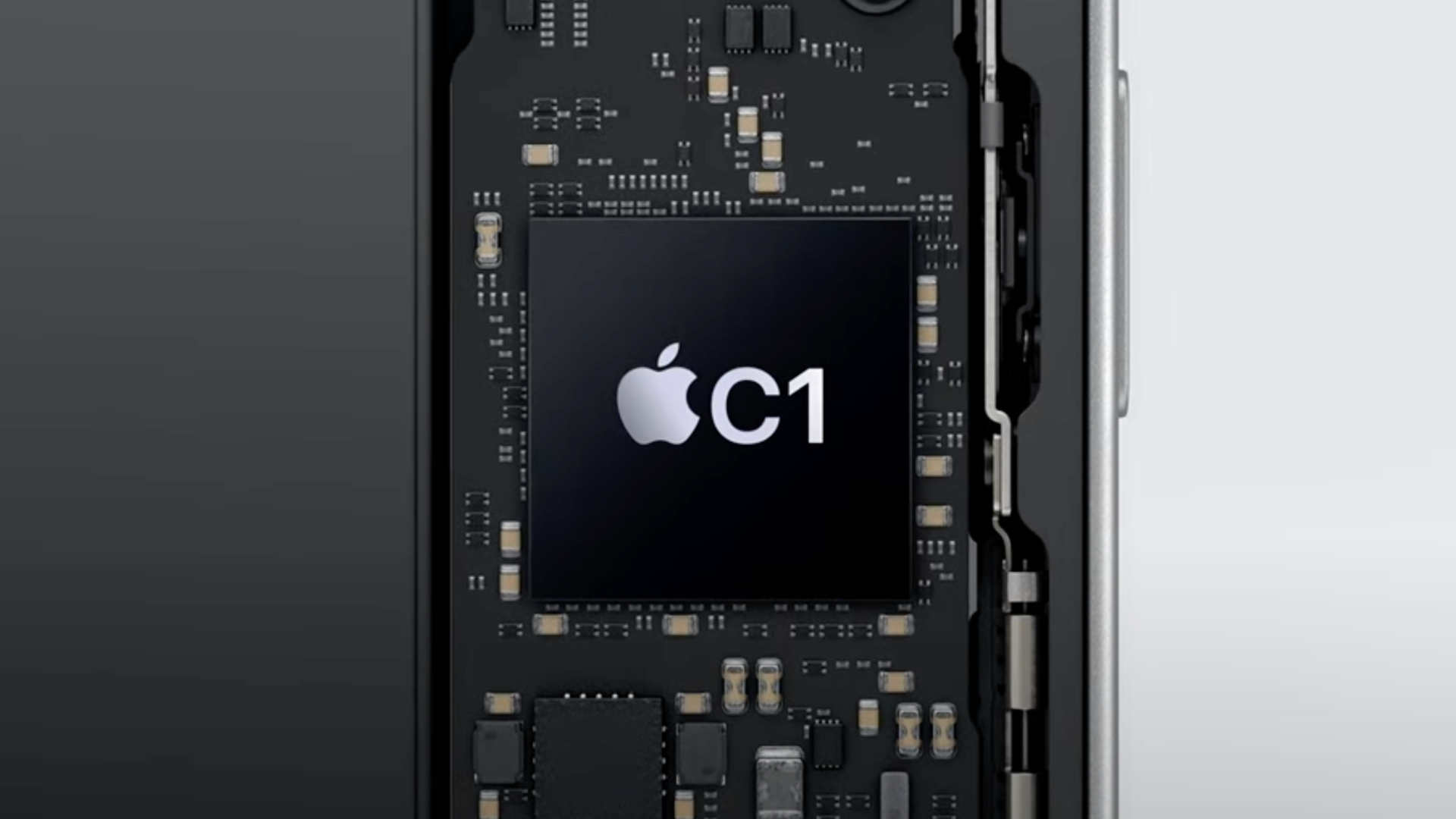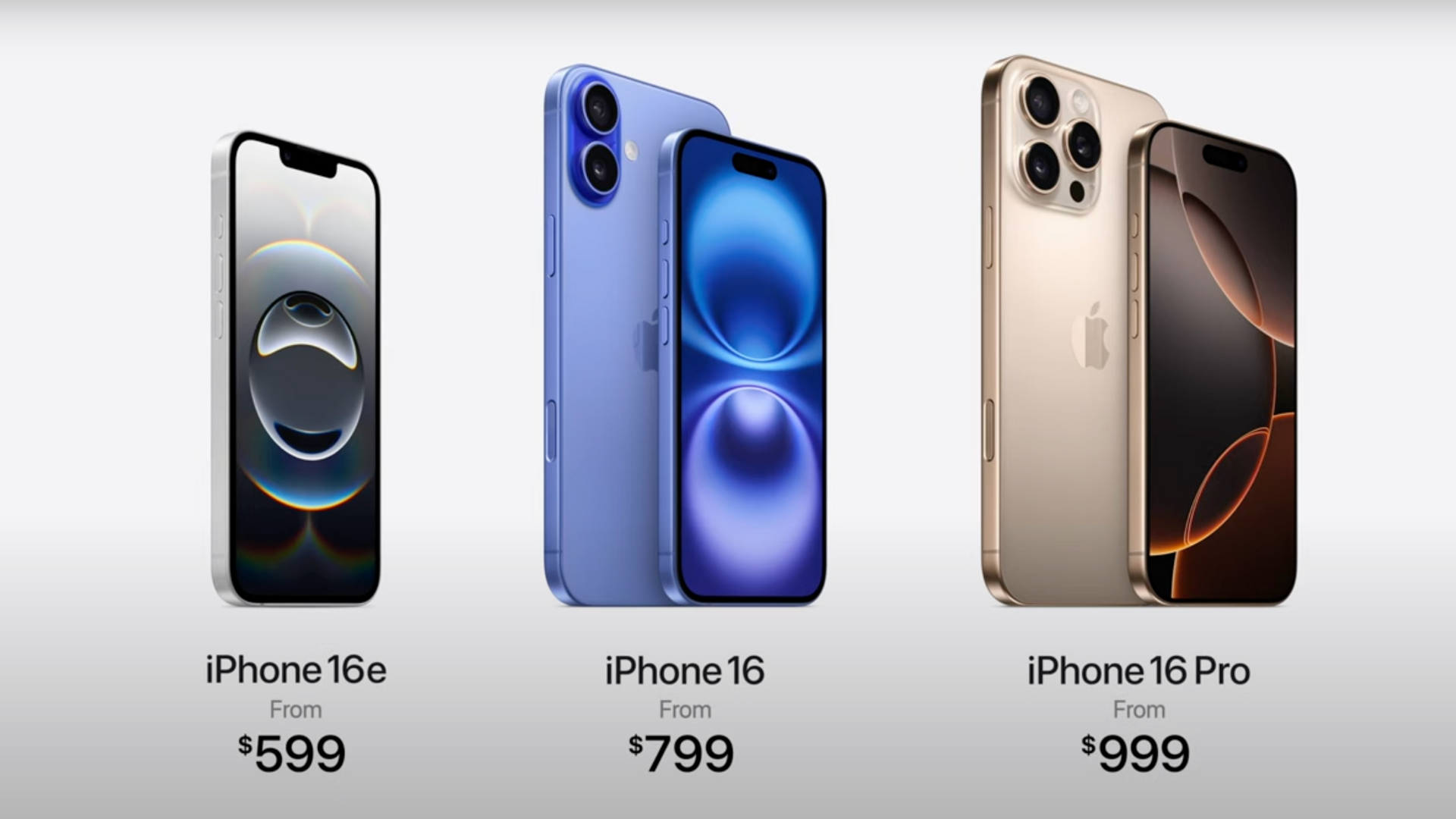Summary
- The iPhone 16e provides some big advantages over the two-year-old iPhone 15, including Apple Intelligence and superior battery life.
- The iPhone 15 still stands its ground as a no-nonsense baseline iPhone with 128GB of storage, a powerful processor, and a dual-camera setup.
- Given that both phones are available at similar prices, you should know their key differences and similarities before deciding.
Apple’s new iPhone 16e is more similar to the recent iPhones than the iPhone SE 3. At $599, the iPhone 16e competes directly with the $699 iPhone 15 (often available at a discount). So, how do the iPhones compare? Let’s find out.
Good Old Notch vs. Dynamic Island
The iPhone 16e and the iPhone 15 have similar dimensions, with no significant differences to highlight. The iPhone 15 is slightly heavier, but not to the extent that it should feel different in hand.
Even though the iPhone 16e is the spiritual successor of the iPhone SE 3, it looks nothing like 2022’s affordable iPhone. In fact, the iPhone 16e looks like the iPhone 14 from the front (as it borrows the latter’s edge-to-edge screen, along with the massive notch).
Its back panel looks like the iPhone Xr (with a single camera sensor, a flash module, and Apple’s mascot in the center).
The iPhone 15, in comparison, has a pill-shaped Dynamic Island (which it borrows from the iPhone 14 Pro) at the front and a dual-camera setup on the back (which is placed diagonally, like the iPhone 13). Though its housing looks different, both iPhones have Face ID sensors.
The core materials remain the same on both iPhones. For instance, both have a Ceramic Shield glass on the front (presumably of the same generation), an aluminum frame, and a glass back. However, the iPhone 15 has a color-infused glass back. And yes, the iPhone 16e also has the Action Button.
Regarding the colors, the iPhone 16e is only available in black and white (I’m almost certain that Apple will release more colors in the future). At the same time, the iPhone 15 is available in more lively finishes, including pink, yellow, green, blue, and black.
Both iPhones share an IP68 dust and water resistance rating; they can survive an immersion of up to 6m for up to 30 minutes.
iPhone 15 Offers a Brighter Screen
The iPhone 16e has a 6.06-inch Super Retina XDR OLED screen with a resolution of 2532 x 1170 pixels (460 ppi). While its typical maximum brightness is 800 nits, the display can achieve 1,200 nits while viewing HDR content.
The iPhone 15 offers a slightly larger 6.1-inch Super Retina XDR OLED screen with a resolution of 2532 x 1179 pixels (460 ppi). Apple’s 2023 iPhone has a typical maximum brightness of 1,000 nits (up to 1,600 nits in HDR mode) and an outdoor peak brightness of 2,000 nits.
Both the iPhone 16e and the iPhone 15 have the same contrast ratio, feature Apple’s True Tone display tech, and support a wide color gamut (P3). Another similarity between them is the 60Hz refresh rate.
A16 Bionic Is No Match for Apple’s A18 Chip
Under its minimal exterior, the iPhone 16e runs on Apple’s A18 chip (3nm) with a six-core CPU, four-core GPU (one less than the A18 on the regular iPhone 16), and a 16-core Neural Engine. Whether it is heavy multitasking, playing AAA video games, or rendering 4K videos, the A18 chip can handle everything without a flinch.
In fact, the iPhone 16e provides more raw processing power than the iPhone 15, which ships with the A16 Bionic chip (4nm fabrication tech, six-core CPU, five-core GPU, and a 16-core Neural Engine). Apple doesn’t directly compare the two, but the iPhone 16e scores around 20% higher on the GeekBench 6 benchmarking platform.
The iPhone 16e gets 8GB of memory, an additional 2GB over the iPhone 15. Storage variants remain the same on both iPhones: 128GB, 256GB, and 512GB.
iPhone 16e Supports Apple Intelligence
With its powerful CPU, GPU, and NPU, the iPhone 16e supports all the Apple Intelligence features currently available (and those that will come out in the future). Running on iOS 18 out of the box, the affordable iPhone should provide a similar software experience as the baseline iPhone 16.
While the iPhone 15 doesn’t get Apple Intelligence, it still offers some new features with iOS 18, like better Home Screen personalization, native app lock, a revamped Control Center, a new Photos app layout (which isn’t as friendly as one would have thought), and several additions to other system apps.
Some safety-related features on iPhones include Emergency SOS via Satellite and Crash Detection.
iPhone 16e Borrows Its Camera From the iPhone 15
The iPhone 16e borrows its one (and only) camera from the iPhone 15: the 48MP (f/1.6, 26mm) sensor. It is capable of shooting sharp pictures with excellent dynamic range. The high resolution allows for a 2x crop with virtually no loss in picture quality (which is what Apple calls the 2-in-1 camera system).
Besides the primary sensor, the iPhone 15 also has a 12MP (f/2.4) ultrawide sensor with a 120° field of view, making its camera system more versatile. However, both iPhones offer features like Photographic Styles, portrait mode with depth control, and Night mode on both iPhones.
It is imperative to mention here that the iPhone 16e doesn’t get sensor-shift stabilization like the iPhone 15; it only gets optical image stabilization. Hence, the older model should provide more stability while capturing pictures or videos.
Speaking of videos, the iPhone 16e can record 4K Dolby Vision videos at up to 60 fps, slow-motion video (1080p at 240 fps), QuickTake video, and gets the audio zoom feature, just like the iPhone 15.
Though the iPhone 16e doesn’t have Cinematic Mode or Action Mode, it offers wind noise reduction and Audio Mix (two new features that debuted on the iPhone 16).
iPhone 16e Provides More Usage Time per Charge
Although the iPhone 16e’s battery capacity remains hidden, it can provide up to 26 hours of offline video playback, which is significantly higher (30%) than 20 hours on the iPhone 15. In fact, the iPhone 16e provides a better battery life than Apple’s latest baseline flagship, the iPhone 16.
Regarding charging speed, both iPhone 16e and iPhone 15 can charge up to 50% in 30 minutes (with a 20W or higher adapter). Wireless charging is a letdown on the iPhone 16e, though, as it only supports Qi wireless charging (up to 7.5W).
The iPhone 15 provides MagSafe charging up to 15W (with 20W adapter or higher). It is also compatible with several MagSafe accessories, like cases, wallets, wireless chargers, and multi-device charging setups (if you’re into accessorizing your iPhones).
Apple C1 vs. Snapdragon X70
Connectivity options on the iPhone 16e and iPhone 15 remain similar, including sub-6 GHz 5G, Gigabit LTE, Wi-Fi 6 (802.11ax), Bluetooth v5.3, NFC with reader mode, and GPS.
The iPhone 15 also supports mmWave 5G and a second-generation ultra-wideband chip for Precision Finding via the Find My network. The iPhone 16e doesn’t ship with an ultra-wideband chip at all. Last but not least, both phones have a USB-C port that supports up to 480Mbps data transfer speeds.
An interesting fact about the iPhone 16e is that it features Apple’s first in-house C1 modem. Per the company, it is the most energy-efficient chip on an iPhone, providing fast and reliable 5G connectivity while consuming less battery.
While the C1’s peak download speed is reportedly 4Gbps, the Snapdragon X70 modem on the iPhone 15 is rated for up to 10Gbps. Since it’s a new modem, I’d wait for a while and see how it performs in day-to-day scenarios.
iPhone 16e Costs $100 Less Than the iPhone 15
The iPhone 16e starts from $599 for the baseline variant with 128GB of storage. You can pre-order the phone via Apple’s official website, while deliveries should begin from February 28, 2025.
The iPhone 15 costs $699 for the baseline variant with 128GB of storage. However, if you’re willing to activate it at the time of purchase, you can get it for $629.99 at Best Buy.
|
iPhone 16e |
iPhone 15 |
|
|
128GB |
$599 |
$699 |
|
256GB |
$699 |
$799 |
|
512GB |
$899 |
$999 |
If you already have an iPhone 15, and you’re satisfied with the way it performs (especially with its battery life) and doesn’t support Apple Intelligence, stay put. The purported iPhone 17 could be a more compelling purchase.
However, if you have a two- or three-year-old iPhone, like the iPhone SE 3 or the iPhone 12, and you don’t want to splurge on the new iPhone 16 or iPhone 16 Pro, the iPhone 16e could be a great option if you’re okay with having just one camera. It offers a more powerful processor that supports all the fancy GenAI features and excellent battery life.
On the other hand, if you want to leverage faster connectivity via mmWave, you would rather have the ultrawide camera, and the notch on the iPhone 16e bugs you like anything; the iPhone 15 is still a good option.



